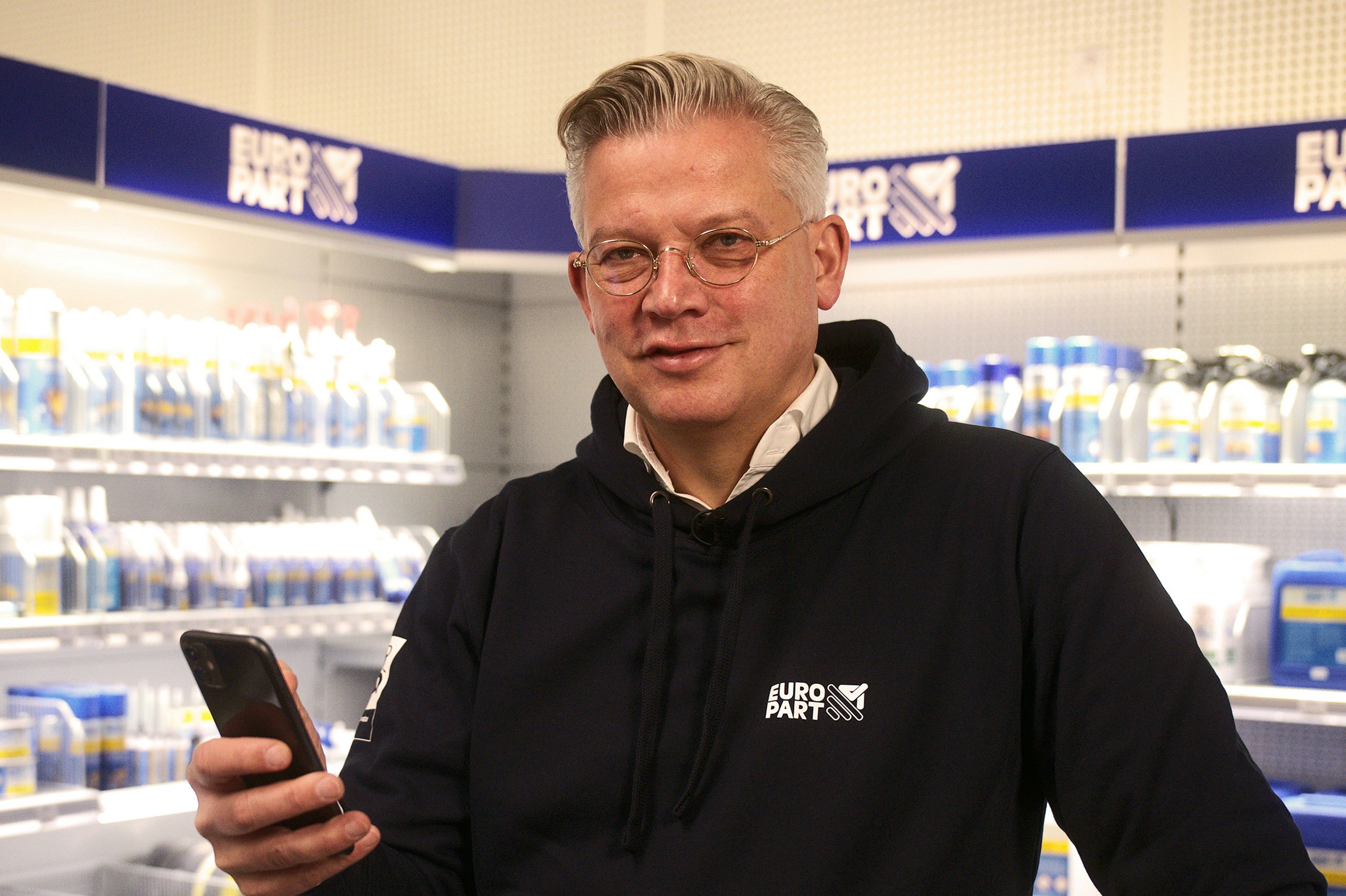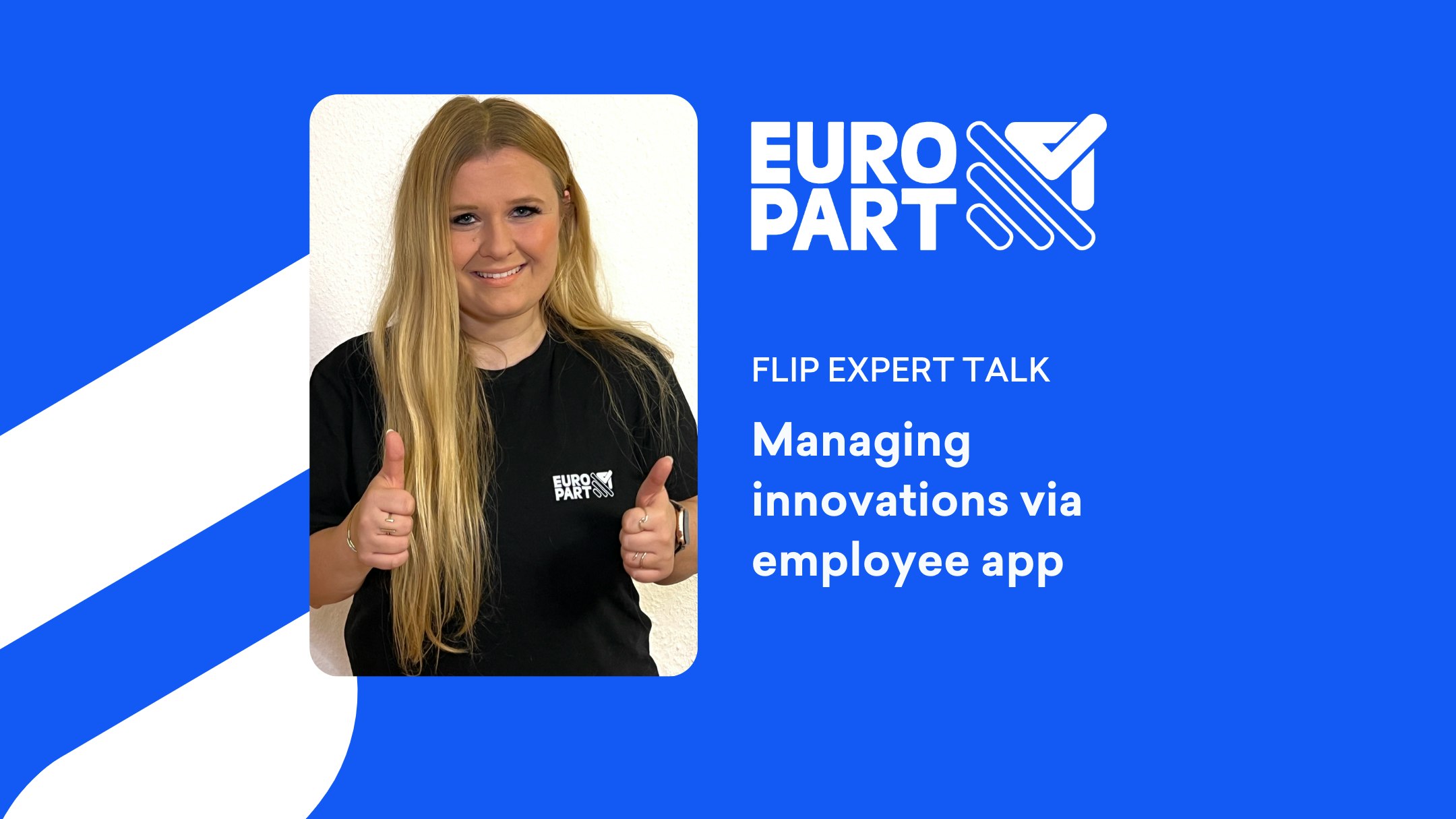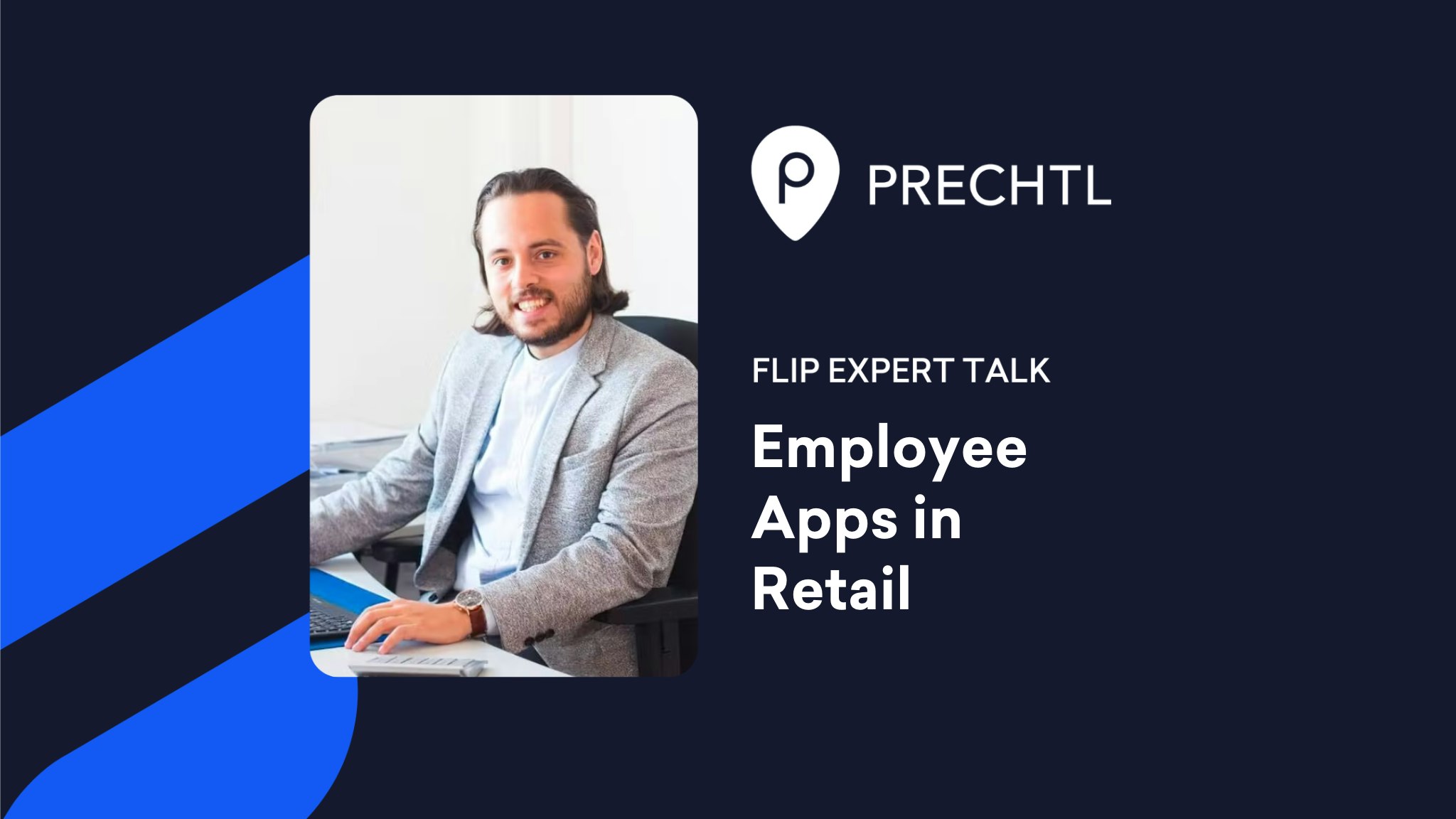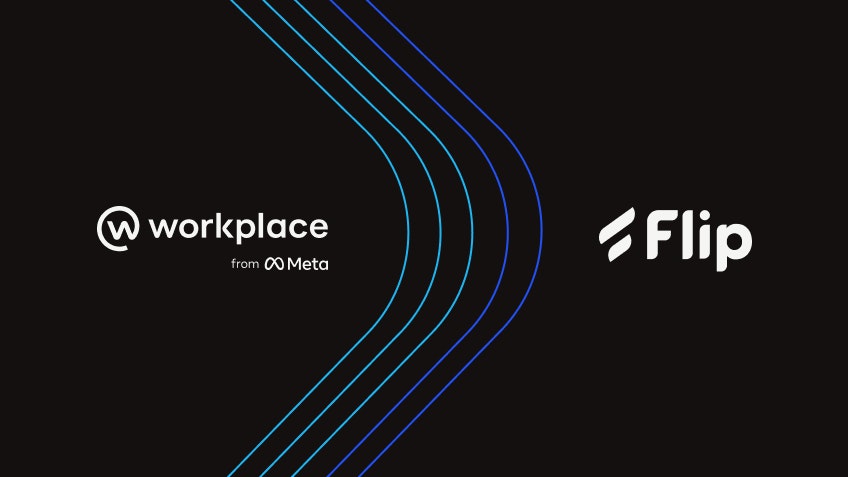11.08.2023
HR & New Work
9 min read


6 inspiring examples of stellar employee experience in the workplace
Learn how real-world employers boost their engagement, retention, and productivity by prioritising employee experience.
If you’re reading this article, you likely already have an inkling of the ginormous business impact that improving your employee experience can have on engagement, retention, and productivity. Likewise, by now, you’re probably aware of the employee lifecycle, why digital employee experience matters, and how to empower your workforce. However, facts, figures, and advice are hard to grasp without any tangible examples. Okay sure, workers want more flexibility, but how are other employers going about it? You get it, your staff would appreciate some more recognition, but exactly what measures are other companies putting in place to make sure that happens?
To help you figure out exactly how other businesses are providing stellar employee experiences, we’ve put together this list of six inspiring examples. We hope that by highlighting the specific initiatives and actions taken, you’ll feel empowered to go forth and start introducing similar measures at your own company.
1. How mhplus created a welcoming onboarding experience
Never underestimate the importance of a first impression. A top-quality onboarding experience is a vital piece of the puzzle when it comes to improving employee experience. In fact, 70% of employees who report having an exceptional onboarding experience say they have “the best possible job”, and are 2.6 times as likely to be extremely satisfied with their workplace.
It pays dividends to create a structured onboarding process that helps new employees feel supported and quickly up to speed. While learning about the company and its processes is, of course, a very important part of onboarding, one aspect that is sometimes neglected is networking. Being the new kid in town can feel lonely, so setting up a structure where new recruits are introduced to their colleagues and can start interacting with their peers right away is one surefire method for ensuring your new workers have a positive onboarding experience.
Example: mhplus
mhplus is one of the largest company health insurance funds in Germany and serves approximately 550,000 people. Priding itself as a modern health insurance company, mhplus relies on transparent and secure communication with its members and employees, both externally and internally. Since 2018, mhplus has been using the employee app Flip to connect its employees, no matter their location.
To improve onboarding, new recruits can download the app and start interacting with their future teammates before they’ve even started - increasing their sense of belonging and giving them a positive first impression. mhplus can now onboard their trainee students two months earlier than previously, improving communication and enhancing their overall employee experience.

"Communication via Flip is modern and fun - and fun should always accompany everyday work."
Michael Heß
Head of Human Resources Development mhplus Krankenkasse
2. How McDonald's improved flexibility with shift planning
Flexibility and the power to achieve a healthy work-life balance has become a major factor in employee satisfaction and experience. 63% of those who rate their work-life balance highly are willing to go above and beyond for their organisations, so it’s an important metric for companies to pay attention to. The COVID-19 pandemic has shifted attitudes towards remote and hybrid work, with many employees now expecting a greater level of flexibility than in previous years.
Frontline workers were heavily impacted by the pandemic, with many reporting burnouts. The lack of digitisation in frontline environments, especially in the healthcare industry, contributes to this stress and poor employee experience. When the main form of communication, including important announcements and rotas takes place on pieces of paper stuck to a notice board, it’s very difficult for employees to control their own work schedule or feel in control of their own work-life balance. Employers can improve flexibility for their staff by introducing digital shift planning and communication tools.
Example: McDonald’s Germany
McDonald's is an international restaurant chain that currently operates restaurants in 120 countries, with around 65,000 employees in Germany. As the largest employer in the fast food industry in Germany, McDonald's is particularly keen to create an attractive environment for all workers. This also includes being a pioneer in digital projects. McDonald’s introduced the Flip employee app so that all staff could be reached simultaneously and quickly, while also being able to view the duty roster from anywhere using their smartphone. This has helped to improve flexibility and work-life balance for their employees, as they are more in control of their own schedules, ultimately creating a more positive employee experience.

"I think employee satisfaction will improve a lot, as we can now see the shift plan and request to switch shifts - via the app."
Sandra Mühlhause
Chief People Officer McDonald's Germany
3. How Nike puts employee well-being first
Start-ups and modern companies have long been the butt of jokes when it comes to workplace well-being initiatives like puppy rooms, nap pods, and free food, but there’s more substance to the idea than meets the eye. A workforce that feels valued and supported, with genuine care and attention towards their physical, mental, and emotional health, will show higher levels of engagement, productivity, and creativity.
With as much as 60% of staff currency feeling anxious, it pays to see workplace well-being initiatives as a preventative measure that will ultimately reduce absenteeism and enhance the overall employee experience. Take a proactive approach by offering your workers free counselling, encouraging physical exercise with gym memberships or in-house sports clubs, and making sure your staff rooms aren’t full of junk food that will ultimately impede your employees’ health.
Example: Nike
Nike, Inc., an American sportswear brand, has almost 80,000 employees worldwide. Nike believes it’s important to invest in their employees to help them achieve greatness, both in and outside work. They do this through an extensive benefits programme that supports the emotional, physical, and financial well-being of all employees and their families.
Nike’s employee well-being programmes vary from location to location, but some examples of the benefits they offer include on-site physiotherapists, surrogacy and adoption assistance, and meal vouchers. They have also famously closed their offices for one week during August in recent years for their ‘well-being week’ where employees are encouraged to unplug and spend time with loved ones.
4. How EUROPART boosted satisfaction by encouraging employee suggestions
It might sound counterintuitive, but encouraging employees to think outside their normal scope of work actually leads to increased employee satisfaction. It’s all related to employee empowerment, where workers have the autonomy to make decisions and suggestions that have tangible business impact. As the ones in the weeds of the work on a daily basis, employees, especially frontline workers, have a unique perspective on the pain points of customers. By setting up processes where your staff can suggest ideas for improvement, you kill two birds with one stone — improving the employee experience and the customer experience, which are both good for business.
It’s worth noting that encouraging employee contributions goes hand-in-hand with the concept of recognition and reward. Gratitude, especially public and from management, for good ideas will create a positive cycle where more workers are encouraged to submit their suggestions. It also instils a sense of pride and belonging. Feeling that they not only have the autonomy and permission to create positive change in the company, but that they’ll also be adequately recognised for their efforts, employees will be satisfied and engaged.
Example: EUROPART
EUROPART is the leading partner for commercial vehicle workshops and operators of lorry, trailer, van and bus fleets across Europe, and has 1,700 employees. The company introduced the employee app Flip in early 2021 to take its internal communication and innovation management to the next level. EUROPART activated a feature that allows employees to submit ideas in a simple and structured way, allowing documents, photos, and videos to be uploaded for additional context.
Since first introducing the scheme, more than 150 suggestions have been submitted each year — a 100% increase compared to before the app was launched. By giving their employees the autonomy to make suggestions, EUROPART has seen a tangible increase in employee satisfaction. A recent survey showed that 75% of employees are very happy, citing the employee app as a major contributing factor.

"We receive so much constructive feedback that we could hire a full-time employee just for sorting through and processing it all."
Olaf Giesen
CEO Europart
5. How toom connected employees and improved communication
It should come as no surprise that communication is the bedrock of employee experience. If your workers feel well-informed, can easily reach their line managers, and have ample opportunity to connect with peers, they will likely have a very positive employee experience. Likewise, if your staff feel left out of important updates, have trouble getting face-time with their supervisors, and see little opportunity to network with colleagues, we’d be willing to bet that their employee satisfaction is low.
Transparent and easy communication should be a top priority for any company, but especially if your business has a mix of office-based, hybrid, remote, and frontline workers. Choosing a digital communication tool that can be accessed no matter where the employee is based is a good starting point. Leadership must then actively use and encourage the tool, and lead by example. One of the benefits of a tool, like an employee app, is that you can also share documents, facilitating knowledge exchange among employees.
Example: toom
With more than 330 stores in its portfolio, 18,000 employees and a gross turnover of 2.7 billion euros, toom is one of the leading providers in the German DIY sector. toom wanted to improve information and networking across the company, so they introduced the employee app, Flip. Available on any device, including personal smartphones and laptops, staff were able for the first time to easily exchange information, both professionally and personally, at the click of a button.
One of the ways that toom’s introduction of Flip has improved their employee experience is with target group-specific channels. Previously, all staff would receive every update, no matter how irrelevant, and this made it difficult for workers to know which announcements were important for them. With dedicated subject and location-specific groups, employees now only receive relevant information resulting in much less noise to sift through.

"There is a huge transparency from the management to the different departments, into the logistics areas and down to the individual stores."
René Haßfeld
CEO toom
6. How Accenture nurtures a diverse and inclusive workplace
While some corporate dinosaurs might still consider diversity, equality, and inclusion to be merely buzzwords, the numbers paint a different picture. Gartner reported that employees who work in diverse and inclusive teams see a 12% increase in performance. This illustrates how important diversity and inclusion are, not only from an employee experience perspective, but from a bottom line one.
It’s vital that you do not enter into D, E, and I initiatives half-heartedly — lest your company be accused of rainbow washing. Focus on your employee experience first, and the public celebration of your efforts later. Changing your company logo to a rainbow in a show of solidarity for pride month while having zero initiatives to drive diversity and inclusion is a classic example of how not to go about it. Start by looking at what some of the world’s most successful companies are doing to support a diverse and inclusive workplace, and go from there.
Example: Accenture
With more than 738,000 employees worldwide, Accenture is a professional services and consulting business, and is considered to be the gold standard for diversity and inclusion. They’ve ranked #1 on the Refinitiv Diversity & Inclusion Index for three years in a row.
Accenture's steadfast commitment to diversity and inclusion significantly enhances its employee experience, fostering an environment where every individual feels valued, empowered, and able to contribute their best. This dedication is evident in every facet of the company's operations, from its purpose-driven leadership to its comprehensive programming and transparent initiatives.
By focusing on gender equality, ethnicity, LGBTIQ+ inclusion, disabilities, and cross-cultural diversity, Accenture creates a workplace that champions authenticity and belonging. They prioritize mental health and wellness, ensuring that employees can thrive in an inclusive atmosphere. This approach translates into concrete results, illustrated by its 100% gender pay equity, for example. By fostering an inclusive culture that transcends boundaries and celebrates individual uniqueness, Accenture not only attracts top talent but also propels innovation, collaboration, and client success on a global scale.
The clear link between digitalisation and employee experience
As we wrap up this round-up of employee experience examples, one key connecting factor stands out — the use of modern, digital technology to empower employees and improve their everyday experiences. With tech changing the way we live our lives, it should come as no surprise that it is also transforming the way we work. If you want to create a stellar employee experience at your company, then it’s imperative that you consider the role that digitalisation has to play.











